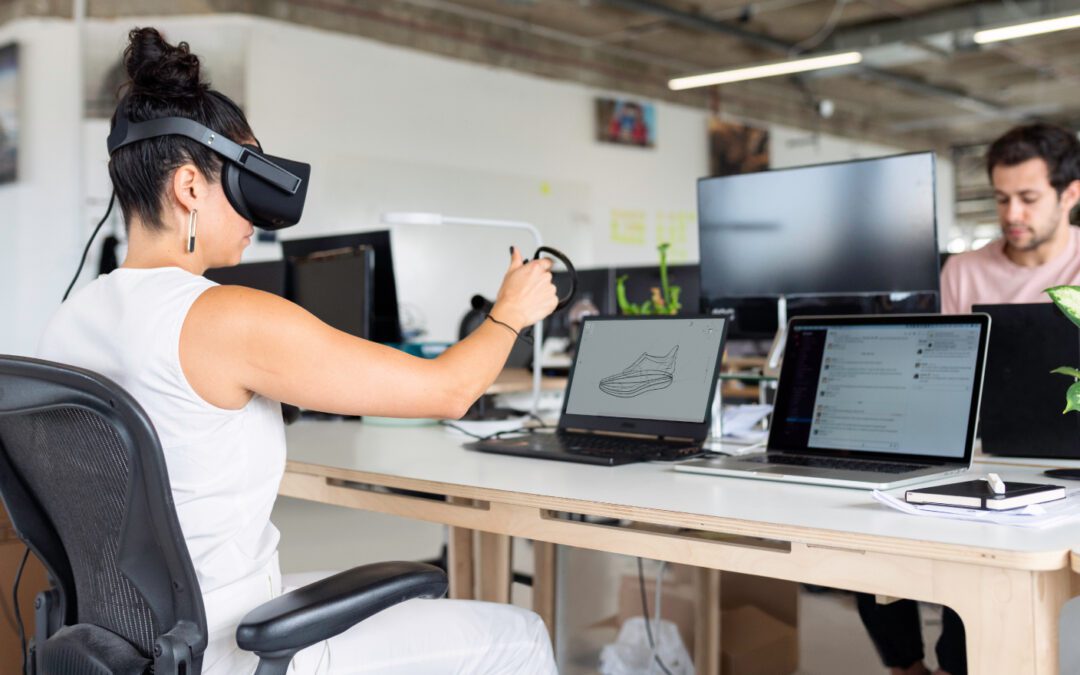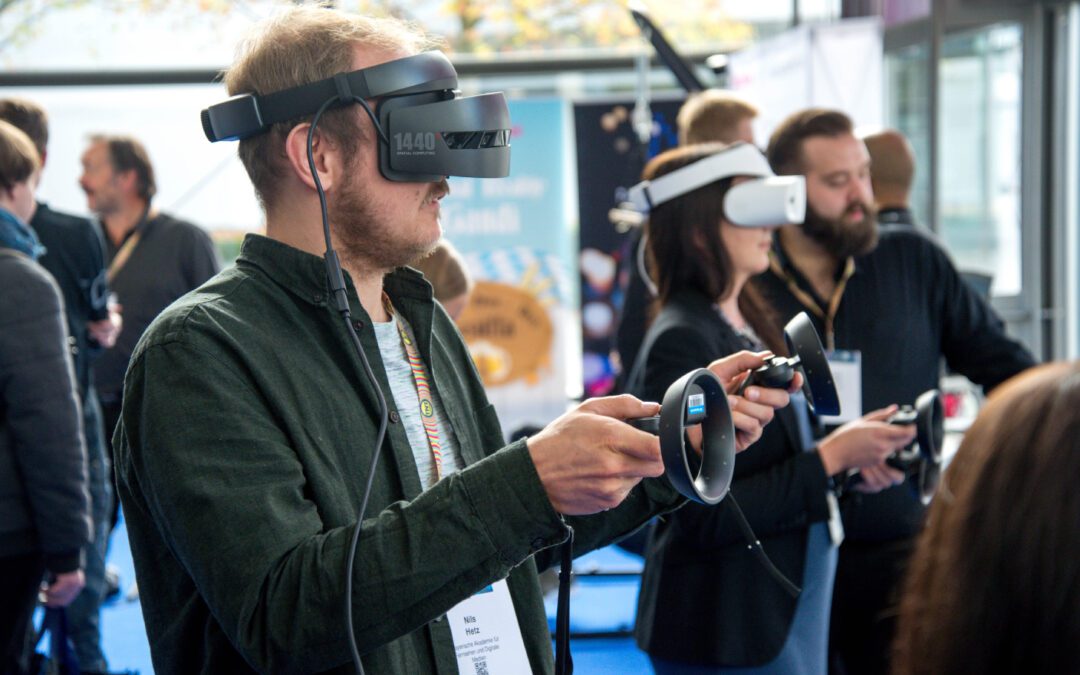Learn From An Experienced Team That Analyze Customer Insights To Help Make Result Driven Brands.

As technology continues to advance, it’s becoming increasingly evident that the future of work will be vastly different from what we’re accustomed to today. One area that’s seeing rapid transformation is employee training, thanks to Virtual Reality (VR) technology.
Virtual Reality is creating immersive and interactive simulations that provide practical learning experiences for employees. This technology has the potential to revolutionize employee training by creating a more engaging and effective learning environment.
In this article, we’ll explore how VR is changing the workplace and employee training and the impact it’s
having on the future of work.
Virtual Reality and Employee Training
Traditionally, employee training has been conducted through classroom-style training sessions or e-learning modules. While these methods are effective, they don’t always provide employees with practical experience. This is where Virtual Reality comes in.
VR technology allows employees to practice and learn in a simulated environment, without the need for real-world experience. This type of training can be particularly useful in high-risk industries, such as healthcare or construction, where safety is a primary concern.
For example, healthcare professionals can use VR to practice surgeries or emergency procedures in a safe and controlled environment. This enables them to gain experience and confidence before performing these procedures on real patients.
In the construction industry, VR can be used to simulate hazardous scenarios, such as working at heights or using heavy machinery. This type of training can help to reduce accidents and injuries on the job.
Benefits of Virtual Reality in Employee Training
The benefits of VR in employee training are numerous. Here are just a few:
The Future of Work
As VR technology continues to advance, it’s likely that we’ll see an increase in its use in employee training. This has the potential to revolutionize the way we learn and work.
For example, companies may choose to use VR to onboard new employees or to provide ongoing training and development opportunities. This could save time and money while also improving the overall quality of employee training.
Furthermore, as more employees work remotely, VR technology can provide a sense of connection and community, even when employees are physically apart. This could be particularly important for remote teams who may struggle to build relationships and work effectively together.
Conclusion
Virtual Reality is transforming the way we learn and work. By providing practical experience in a safe and controlled environment, VR technology is revolutionizing employee training. As this technology continues to advance, we can expect to see more companies using VR to improve the quality and effectiveness of their training programs.
If you’re interested in staying ahead of the curve, it’s worth considering how you can incorporate VR into your own employee training programs. The benefits of VR in employee training are clear, and it’s likely that we’ll see even more innovative uses of this technology in the workplace in the years to come.




